Home>Gardening & Outdoor>Landscaping Ideas>When Is The Best Time To Aerate Bermuda Grass
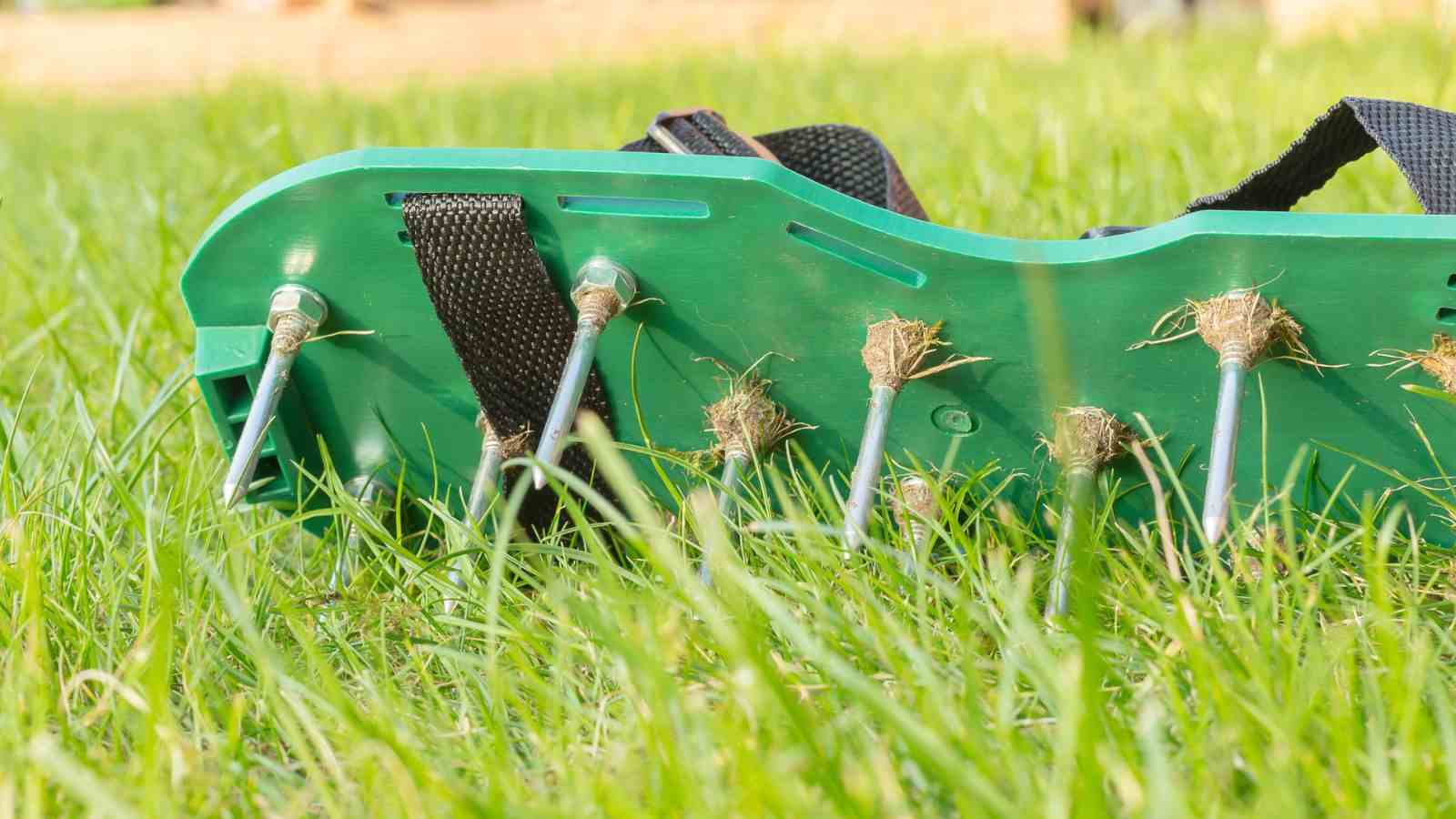

Landscaping Ideas
When Is The Best Time To Aerate Bermuda Grass
Modified: February 18, 2024
Discover the best time to aerate Bermuda grass and enhance your landscaping with our expert tips and ideas. Improve the health and appearance of your lawn today!
(Many of the links in this article redirect to a specific reviewed product. Your purchase of these products through affiliate links helps to generate commission for Storables.com, at no extra cost. Learn more)
Introduction
If you take pride in maintaining a lush, vibrant lawn, then you're likely familiar with the unique needs of Bermuda grass. This warm-season grass variety, known for its exceptional heat tolerance and resilience, thrives in the southern regions of the United States. To ensure that your Bermuda grass remains healthy and visually appealing, it's crucial to understand the best practices for its care and maintenance. One such practice that significantly contributes to the overall well-being of Bermuda grass is aeration.
Aeration is a fundamental aspect of lawn care that involves perforating the soil with small holes to alleviate compaction and enhance the circulation of air, water, and nutrients to the grassroots. This process is especially beneficial for Bermuda grass, as it promotes deeper root growth, improves soil structure, and facilitates better absorption of essential elements. However, to maximize the effectiveness of aeration, it's essential to grasp the optimal timing for this procedure. By aligning the aeration process with Bermuda grass's growth patterns and seasonal requirements, you can elevate the health and vitality of your lawn to new heights.
In this comprehensive guide, we will delve into the intricacies of Bermuda grass care, focusing on the significance of aeration and the ideal timeframe for executing this essential task. By gaining insights into the best practices for nurturing Bermuda grass, you'll be well-equipped to cultivate a verdant, resilient lawn that stands as a testament to your dedication and expertise. So, let's embark on this enlightening journey to uncover the secrets of nurturing thriving Bermuda grass through strategic aeration practices.
Key Takeaways:
- Aerate Bermuda grass in late spring to early summer when it’s actively growing to promote deep root growth and better absorption of nutrients, ensuring a healthy and resilient lawn.
- Use plug aerators to create channels for air and water to penetrate the soil, alleviating compaction and enhancing the overall vigor of Bermuda grass.
Read more: When To Aerate Bermuda Grass In Nc
Understanding Bermuda Grass
Bermuda grass, scientifically known as Cynodon dactylon, is a warm-season grass variety that flourishes in regions with hot, humid climates. Renowned for its exceptional heat tolerance and rapid growth, Bermuda grass is a popular choice for lawns, golf courses, athletic fields, and various other landscapes. Its fine texture, vibrant green hue, and robust nature make it a sought-after option for homeowners and landscapers seeking a visually appealing and resilient turfgrass.
One of the key attributes of Bermuda grass is its aggressive spreading nature, facilitated by both aboveground stolons and belowground rhizomes. This vigorous growth habit enables Bermuda grass to quickly fill in bare patches and recover from stress, making it well-suited for high-traffic areas and active landscapes. Additionally, Bermuda grass exhibits remarkable drought tolerance, allowing it to endure prolonged periods of heat and limited water availability without sacrificing its lush appearance.
When it comes to maintenance, Bermuda grass thrives in well-drained soils with a slightly acidic to neutral pH. Adequate sunlight is also crucial for its growth, as this grass variety demands full sun to achieve its optimal potential. However, despite its numerous benefits, Bermuda grass is not without its challenges. It can be invasive and may encroach upon flower beds and other landscaped areas if not contained properly. Furthermore, its rapid growth may necessitate frequent mowing during the peak growing season.
Understanding the unique characteristics and growth patterns of Bermuda grass is essential for implementing effective care and maintenance strategies. By tailoring your lawn care practices to align with the specific needs of Bermuda grass, you can foster a healthy, vibrant lawn that serves as a testament to your expertise and dedication. Now that we've gained valuable insights into the nature of Bermuda grass, let's explore the benefits of aeration and its impact on the overall health of this resilient turfgrass.
Benefits of Aeration for Bermuda Grass
Aeration stands as a cornerstone of effective lawn care, offering a multitude of benefits for Bermuda grass and other turf varieties. By perforating the soil to alleviate compaction and enhance air circulation, aeration fosters an environment conducive to robust root development and overall turf health. When it comes to Bermuda grass, the advantages of aeration are particularly pronounced, contributing to the resilience and vitality of this warm-season grass variety.
One of the primary benefits of aeration for Bermuda grass is the alleviation of soil compaction. Over time, the soil beneath the turf can become compacted due to foot traffic, heavy machinery, and natural settling processes. This compaction restricts the movement of air, water, and nutrients within the soil, impeding the development of healthy roots and compromising the overall vigor of the turf. Aeration effectively counters this issue by creating channels for air and water to penetrate the soil, mitigating compaction and promoting a more hospitable environment for root growth.
Furthermore, aeration enhances the exchange of gases between the soil and the atmosphere, facilitating improved oxygen levels in the root zone. This oxygenation is crucial for the metabolic processes of Bermuda grass, supporting cellular respiration and nutrient uptake. As a result, the turf experiences heightened vigor and resilience, better equipping it to withstand environmental stressors and maintain its lush, green appearance.
Another notable benefit of aeration for Bermuda grass is the stimulation of root growth. By fostering deeper, more robust root systems, aeration enhances the turf’s ability to access water and nutrients from the soil. This, in turn, bolsters the grass’s tolerance to drought and other adverse conditions, fortifying its capacity to thrive in challenging environments.
Moreover, aeration promotes the breakdown of thatch, a layer of organic debris that can accumulate on the soil surface. By creating pathways for microorganisms to decompose thatch, aeration helps prevent its excessive buildup, ensuring that it does not impede the movement of water, air, and nutrients to the grassroots.
By embracing aeration as a fundamental component of Bermuda grass care, you can unlock a myriad of benefits that contribute to the long-term health and beauty of your lawn. Now that we’ve explored the compelling advantages of aeration, let’s delve into the optimal timing for executing this essential practice to maximize its impact on Bermuda grass.
The best time to aerate Bermuda grass is during its active growing season, which is typically in late spring to early summer. This allows the grass to recover quickly and fill in any holes left by the aeration process.
Best Time to Aerate Bermuda Grass
Timing plays a pivotal role in the success of aeration, particularly when it comes to Bermuda grass. To optimize the benefits of this essential practice, it’s crucial to align the aeration schedule with the grass’s peak growth periods and favorable environmental conditions. By strategically timing the aeration process, you can maximize the impact on Bermuda grass, fostering a resilient, healthy lawn that thrives throughout the growing season.
For Bermuda grass, the prime time for aeration coincides with its peak growth phase, which occurs during the late spring to early summer. This timeframe, typically from late May to early June, corresponds to the period when Bermuda grass is actively growing and rapidly regenerating, making it an opportune window for facilitating robust recovery post-aeration.
It’s important to note that aeration should be scheduled when the soil is moderately moist, but not excessively wet. Conducting aeration on overly dry soil can result in challenging soil penetration, while excessively wet conditions may lead to soil compaction and potential damage to the grass. Therefore, monitoring the soil moisture levels and planning the aeration process accordingly is essential for achieving optimal results.
Another key consideration for timing aeration is to avoid overlapping with the dormant or semi-dormant phases of Bermuda grass. Performing aeration during these periods, typically in late fall or winter, may disrupt the grass’s natural growth cycle and impede its ability to recover effectively. By focusing on the active growth phase, you can harness the grass’s inherent vitality to expedite healing and rejuvenation post-aeration, setting the stage for a thriving, resilient lawn.
By strategically timing the aeration process to align with Bermuda grass’s peak growth phase and favorable soil conditions, you can maximize the efficacy of this essential practice, fortifying the grass’s resilience and vigor. Now that we’ve uncovered the optimal timing for aeration, let’s delve into the practical aspects of executing this crucial task to nurture thriving Bermuda grass.
How to Aerate Bermuda Grass
Executing the aeration process with precision is vital to ensure that Bermuda grass reaps the full benefits of this essential practice. By following a systematic approach and leveraging the appropriate tools and techniques, you can effectively aerate your lawn, fostering an environment conducive to robust root development and overall turf health.
The first step in aerating Bermuda grass involves assessing the soil moisture levels to determine the optimal timing for the procedure. As mentioned earlier, the soil should be moderately moist but not overly wet to facilitate proper soil penetration without causing compaction or damage to the grass. If the soil is excessively dry, it’s advisable to irrigate the lawn a day or two before the scheduled aeration to attain the ideal moisture content.
Next, select the appropriate aeration equipment based on the size of your lawn and the severity of soil compaction. Aeration can be carried out using either a spike aerator, which punctures the soil with solid tines, or a plug aerator, which removes small cores of soil from the ground. Plug aerators are generally preferred for Bermuda grass, as they create cavities in the soil, allowing for better air and water infiltration and minimizing soil compaction.
Prior to initiating the aeration process, it’s advisable to mow the Bermuda grass to a slightly lower height than usual to facilitate better access to the soil and enhance the effectiveness of aeration. This preparatory step ensures that the aeration equipment can penetrate the soil more effectively, allowing for optimal soil decompaction and root stimulation.
When aerating the lawn, it’s essential to make multiple passes over the entire area, ensuring comprehensive coverage and consistent soil penetration. Overlapping the aeration paths helps create a grid-like pattern of aeration holes, promoting thorough soil decompaction and facilitating enhanced air and water circulation to the grassroots.
Following the aeration process, it’s beneficial to apply a top dressing of compost or sand to the lawn. This top dressing aids in filling the aeration holes with valuable organic matter, further enhancing soil structure and promoting the decomposition of thatch. Additionally, it contributes to the overall health and vitality of Bermuda grass, fostering an environment conducive to robust root development and lush, resilient turf.
By adhering to these best practices and approaching the aeration process with care and precision, you can elevate the health and vigor of Bermuda grass, cultivating a lush, resilient lawn that stands as a testament to your dedication and expertise. Now that we’ve explored the practical aspects of aerating Bermuda grass, let’s conclude our enlightening journey with a recap of the key insights gained.
Read more: When Is The Best Time To Seed Bermuda Grass
Conclusion
Embarking on the journey to nurture thriving Bermuda grass has unveiled a wealth of insights into the significance of aeration and its profound impact on the overall health and vitality of this resilient warm-season grass variety. By understanding the unique characteristics and growth patterns of Bermuda grass, we’ve gained valuable knowledge that serves as the foundation for implementing effective care and maintenance strategies.
Throughout our exploration, we’ve delved into the myriad benefits of aeration for Bermuda grass, recognizing its role in alleviating soil compaction, enhancing oxygenation, stimulating root growth, and promoting the breakdown of thatch. These compelling advantages underscore the pivotal role of aeration in fostering a resilient, vibrant lawn that flourishes throughout the growing season.
Moreover, we’ve uncovered the optimal timing for aerating Bermuda grass, aligning the process with the grass’s peak growth phase and favorable soil conditions to maximize its efficacy. By strategically scheduling aeration during the late spring to early summer, when Bermuda grass is actively growing, we can harness the grass’s inherent vitality to expedite healing and rejuvenation post-aeration, setting the stage for a thriving, resilient lawn.
As we’ve navigated the practical aspects of executing the aeration process with precision, we’ve recognized the importance of assessing soil moisture levels, selecting the appropriate aeration equipment, and conducting multiple passes over the entire lawn to ensure comprehensive coverage. These meticulous steps, coupled with the application of a top dressing, culminate in a holistic approach to aerating Bermuda grass, fostering an environment conducive to robust root development and overall turf health.
Armed with these invaluable insights, you are well-equipped to embark on a journey of nurturing thriving Bermuda grass through strategic aeration practices. By integrating these best practices into your lawn care regimen, you can cultivate a lush, resilient lawn that stands as a testament to your expertise and dedication. As you embark on this enriching endeavor, may your Bermuda grass flourish, exuding vitality and beauty that captivates all who behold it.
With a deep understanding of Bermuda grass and the transformative potential of aeration, you hold the key to unlocking the full splendor of this resilient warm-season grass variety. By embracing the art of nurturing thriving Bermuda grass, you embark on a journey that not only enriches your landscape but also nourishes your soul, fostering a profound connection with the natural world and the timeless rhythms of growth and renewal.
Frequently Asked Questions about When Is The Best Time To Aerate Bermuda Grass
Was this page helpful?
At Storables.com, we guarantee accurate and reliable information. Our content, validated by Expert Board Contributors, is crafted following stringent Editorial Policies. We're committed to providing you with well-researched, expert-backed insights for all your informational needs.
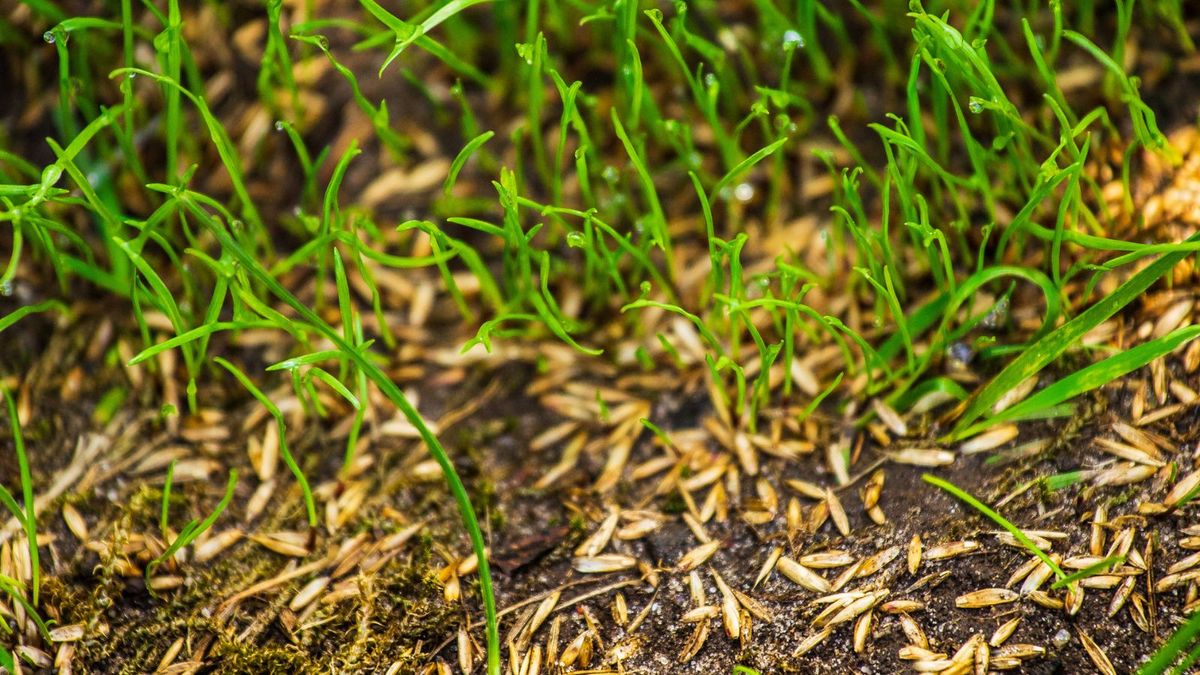
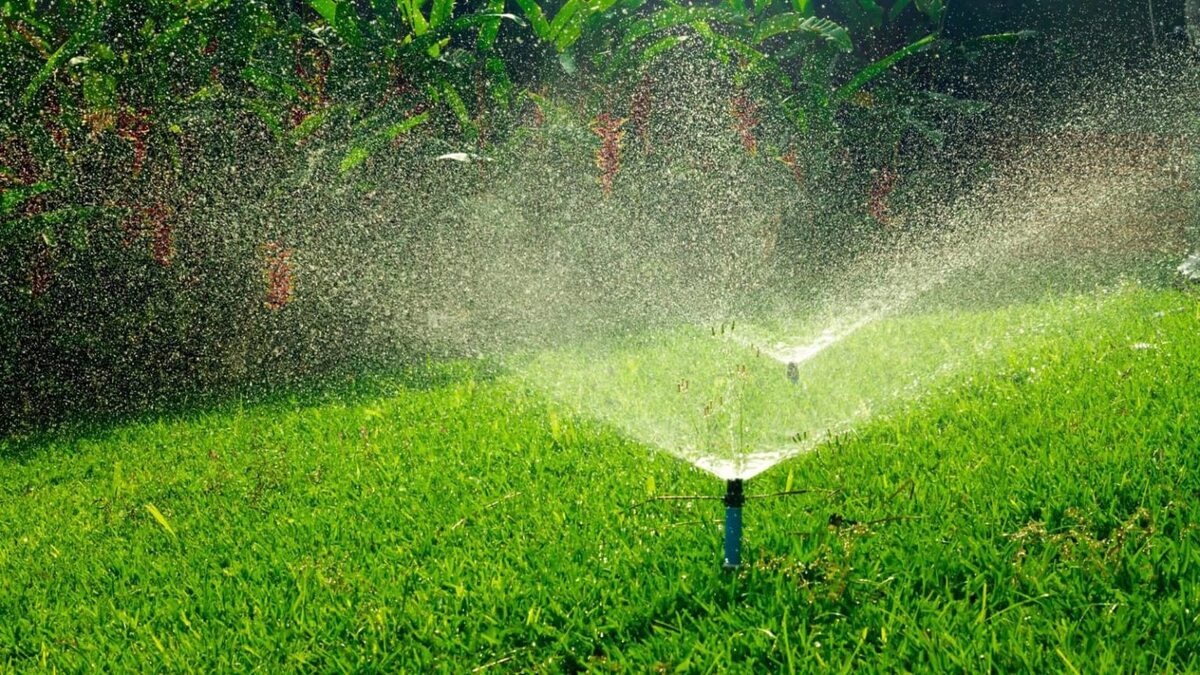

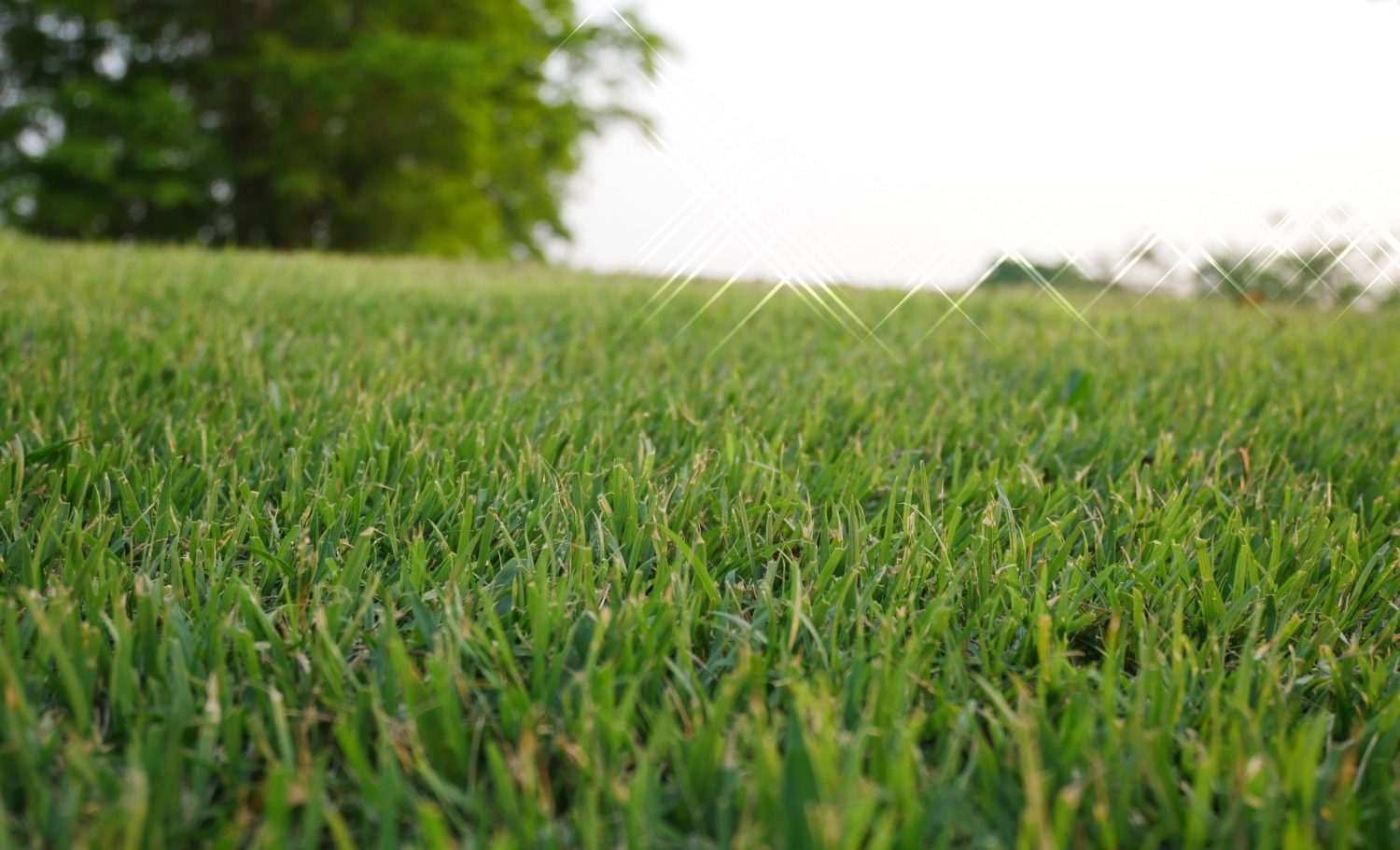
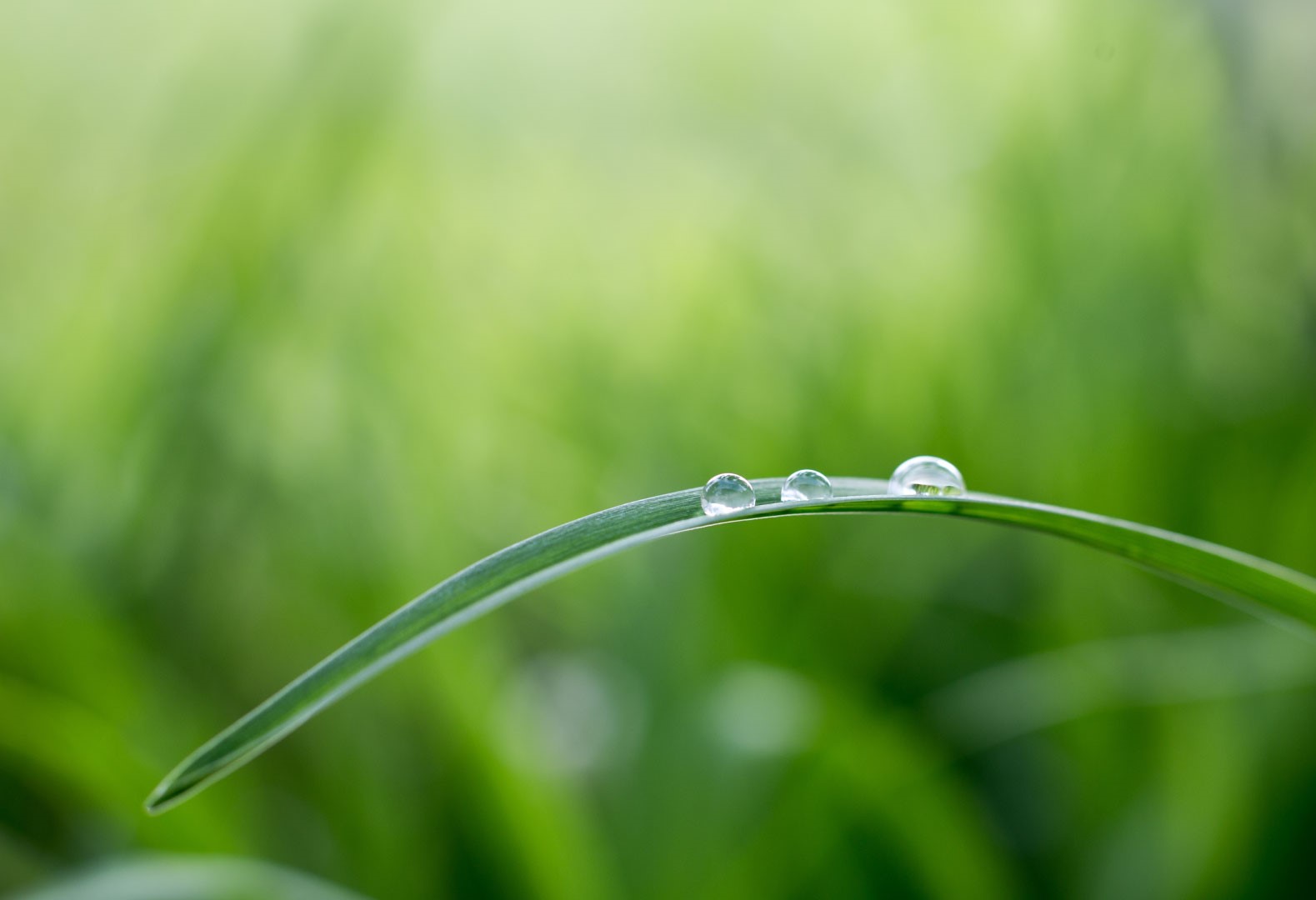
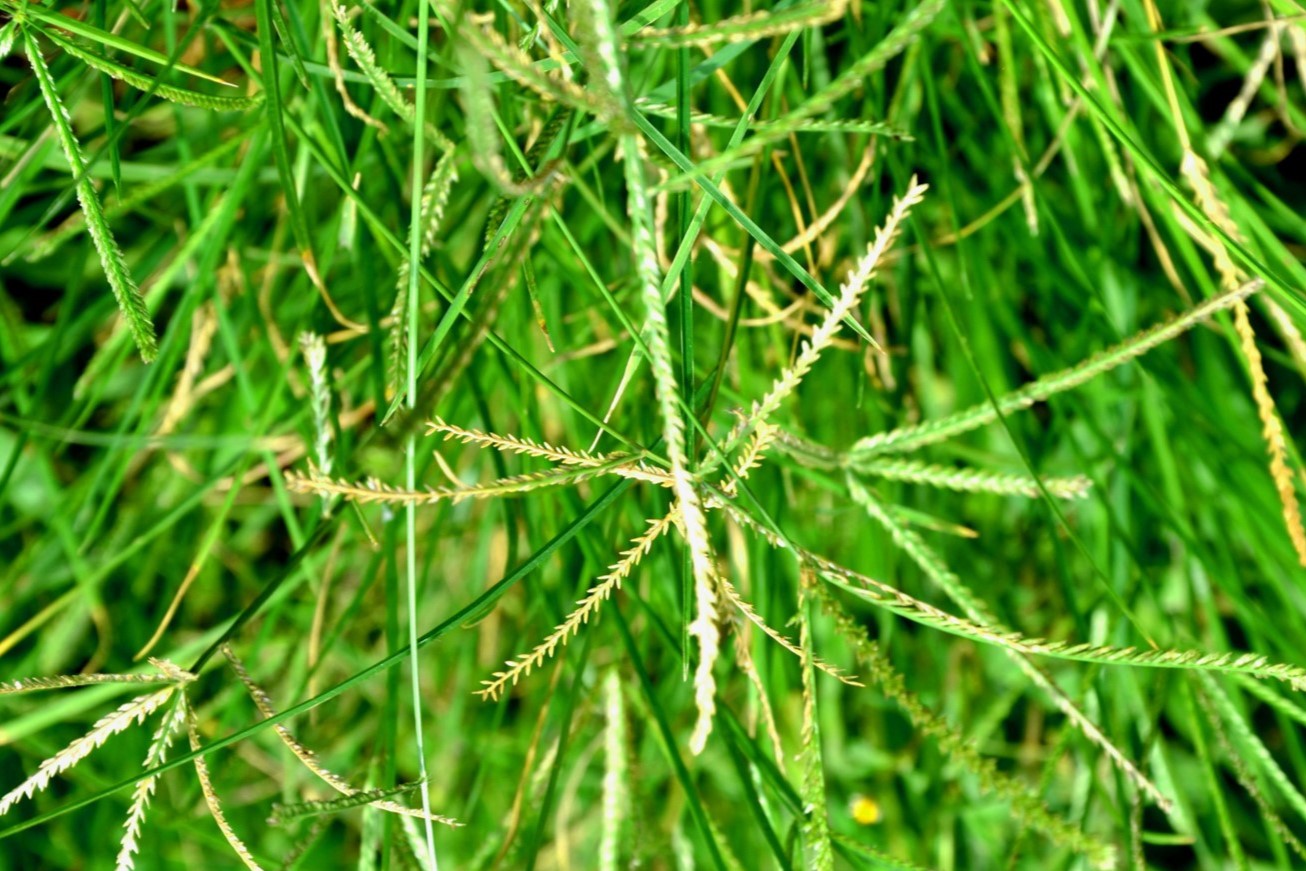
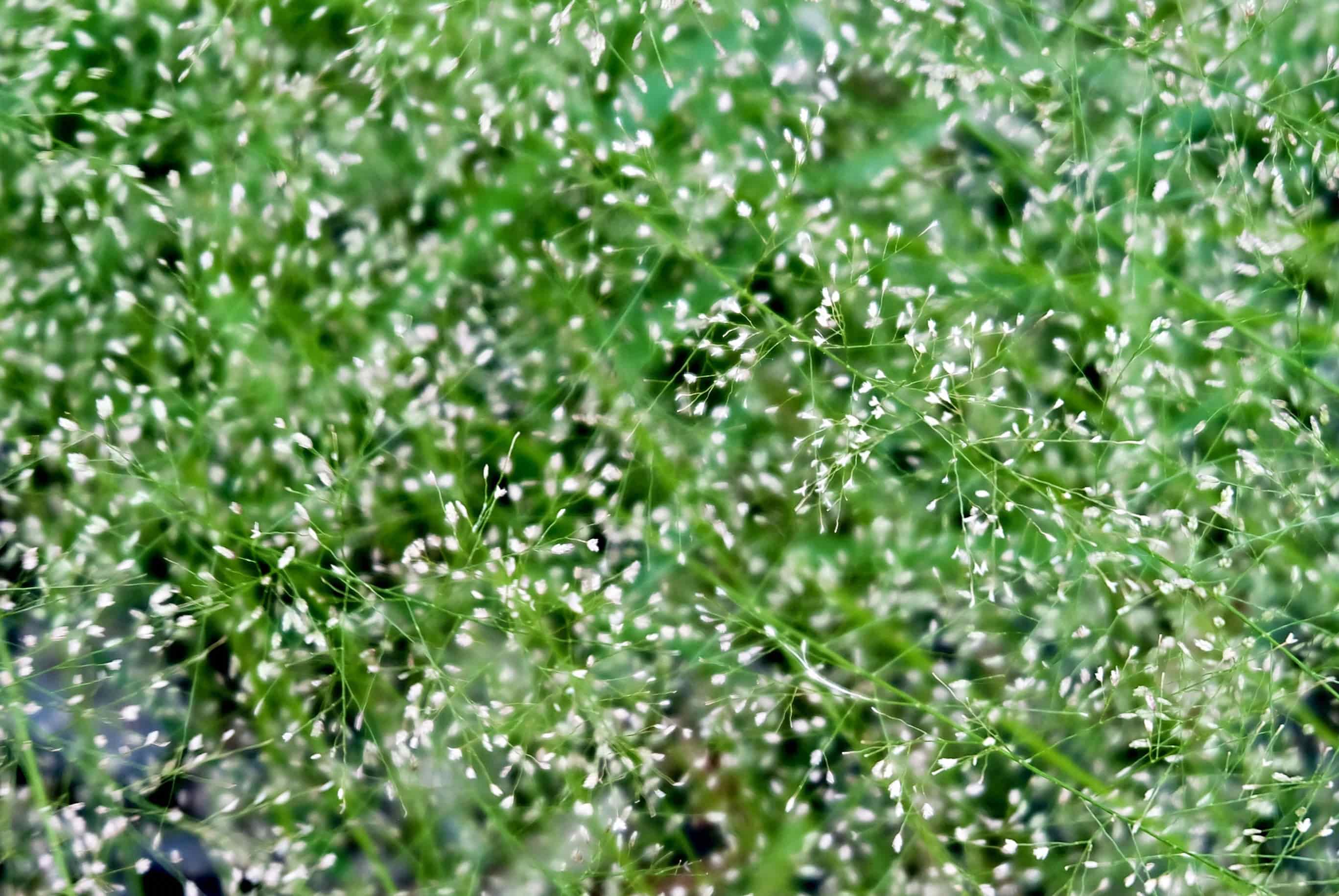


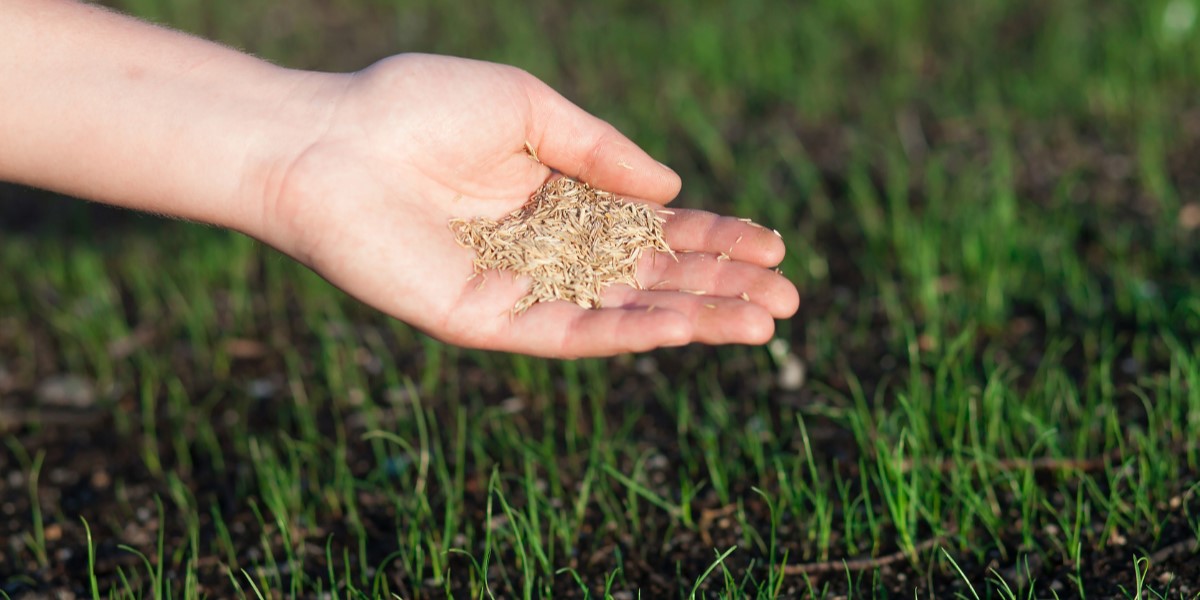
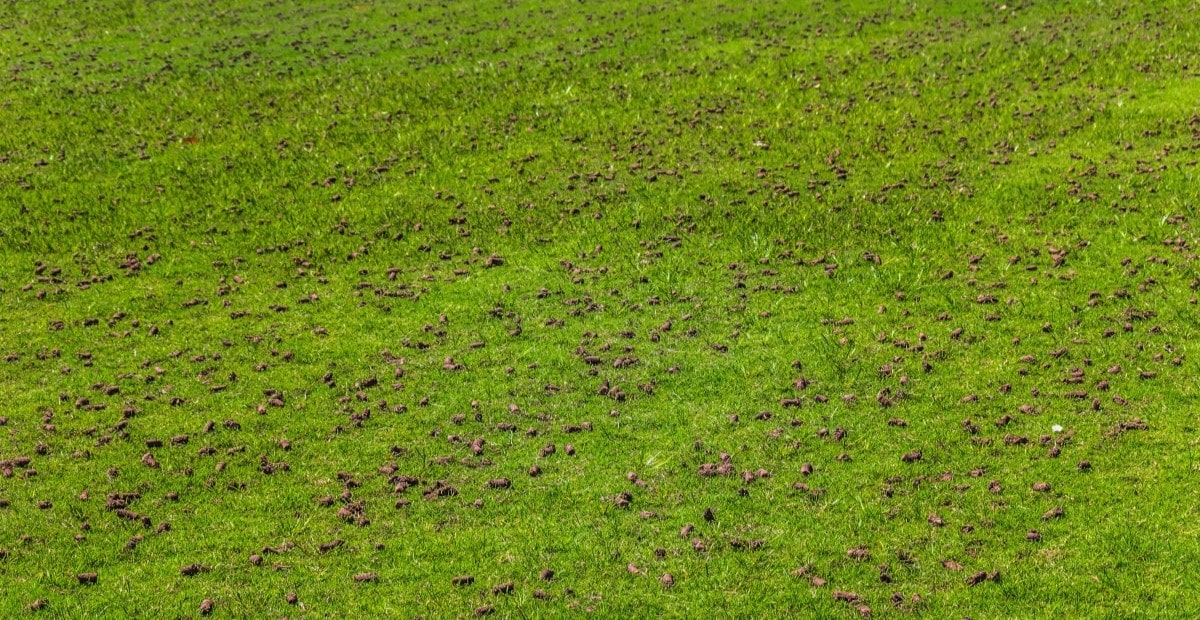

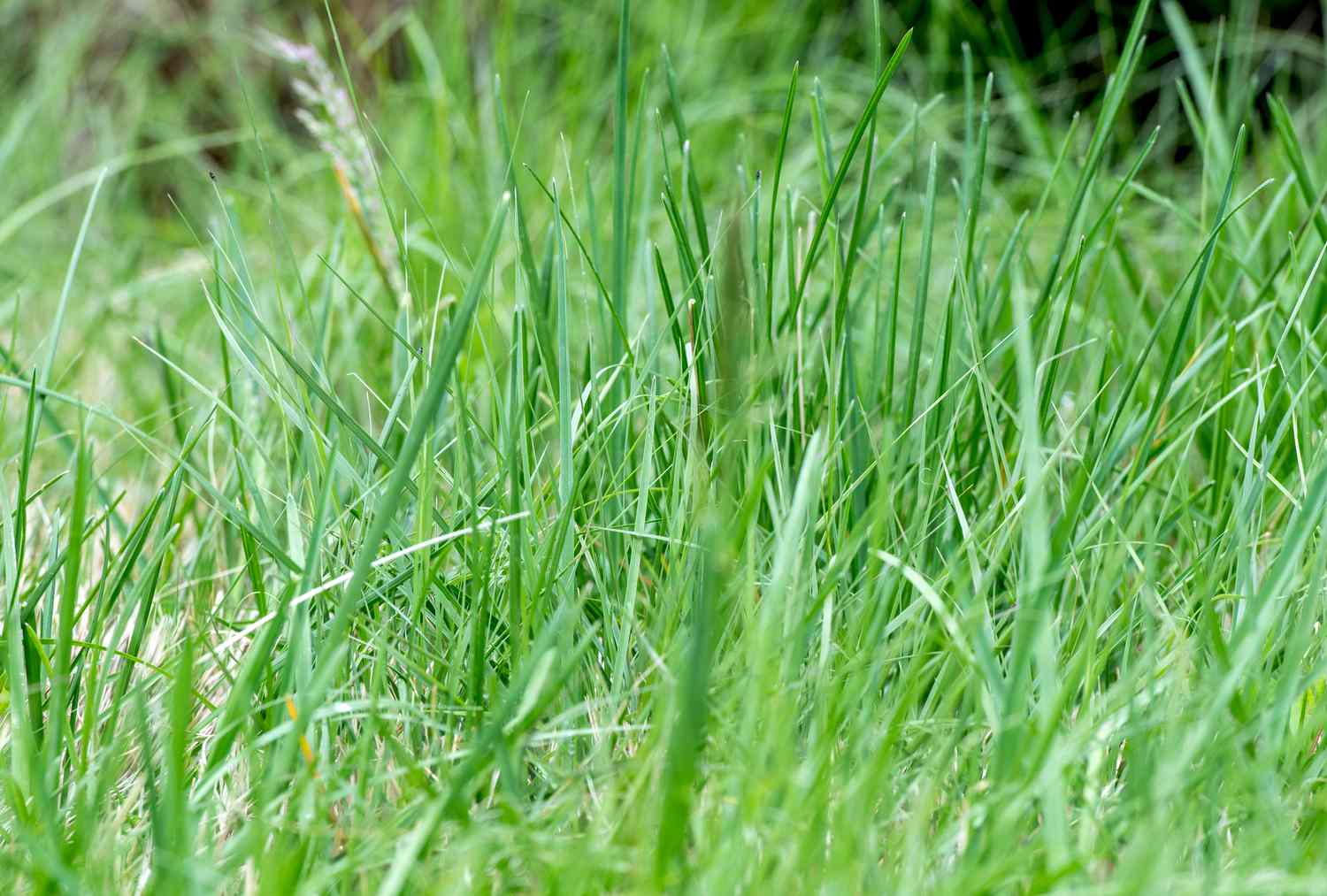
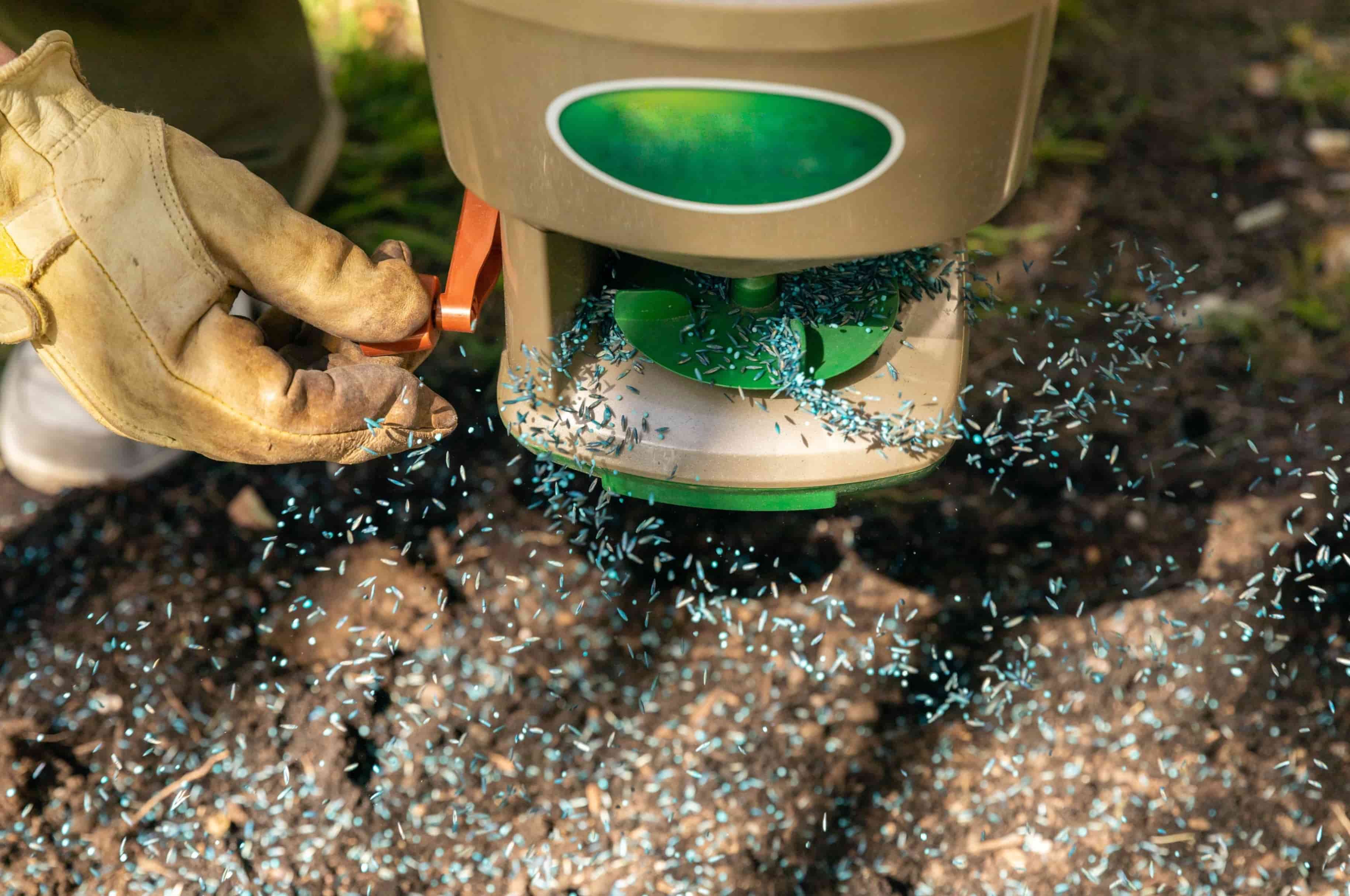

0 thoughts on “When Is The Best Time To Aerate Bermuda Grass”